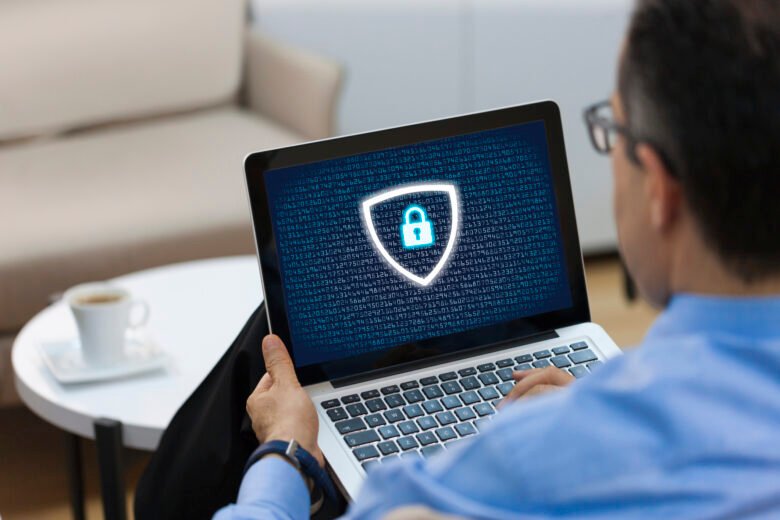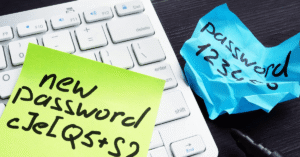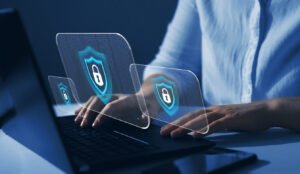The internet has become an integral part of daily life, providing people with access to information, entertainment, commerce, communication, and work. While the internet offers many benefits, it also has some drawbacks, such as hacking, scams, and identity theft. Many people are unaware of how their online behavior can jeopardize their safety. Safe browsing isn’t just about avoiding suspicious websites; it’s about developing habits that protect your personal information and ensure a secure online experience. You can mitigate these risks while enjoying the digital world with a few simple and effective strategies.
Understanding the Importance of Safe Browsing
Opening your browser exposes you to malware, phishing, and data theft. If you fail to adopt safe browsing habits, there’s a risk of account hacking, data theft, or even financial loss. Be cautious when browsing the internet, just as you would be careful when walking in a dangerous environment at night. Safe browsing can protect your private information, such as bank account numbers and personal communications. By understanding the risks and following safe practices, you can make the internet safer and more enjoyable.
Recognizing Secure Websites
Finding a secure website is one of the easiest ways to browse safely. A small lock icon in your browser’s address bar and a URL beginning with “https://” generally indicate a secure website. These signals indicate that the website encrypts the data you send and receive to and from its servers. However, if the website doesn’t encrypt data, hackers could potentially steal your information. Always check if a website is secure before providing sensitive information, such as credit card numbers or passwords. Knowing how to interpret these signals can help you avoid dangerous websites and potential scams.
The Role of Strong Passwords in Safe Browsing
When you visit websites that require you to log in, your password is crucial to your online security. Using weak or repetitive passwords makes you more vulnerable to hackers. Using a strong password that combines letters, numbers, and symbols is more secure. Using multiple passwords for different websites prevents a single breach from affecting multiple accounts. Furthermore, enabling two-factor authentication adds an extra layer of protection against unauthorized access. Safe browsing starts with strong passwords and secure accounts.
Avoiding Suspicious Links and Downloads
Many online attacks result from clicking suspicious links or downloading unknown files. Unsafe links often look like promotions, free software, or fake updates. These links can potentially install malware on your device or steal your personal data. One of the most important rules for safe browsing is caution. Only download software from official websites or sources you trust. Hover your mouse over a link before clicking to see the actual URL. If you don’t download anything suspicious, your device and data will be protected.
Keep your Browser and software up-to-date.
Hackers often exploit security vulnerabilities in old browsers and apps. Regular updates can fix these vulnerabilities and strengthen your defenses against new threats. To browse safely, keep your browser, operating system, and security software up to date. Most devices can enable automatic updates, ensuring you always have the latest security patches. Updating is a simple method to enhance the security of your computer.
The Risks of Public Wi-Fi
Public Wi-Fi may seem like a beneficial option, but it’s not always safe. If you connect to an unsecured network, hackers can steal your data and private information, such as passwords or bank account numbers. It’s advisable not to log in to important accounts or conduct financial transactions while using public Wi-Fi. Virtual private networks (VPNs) add an extra layer of encryption to your connection and can enhance security if you must use public Wi-Fi. Knowing when to avoid unsecured connections is also part of safe browsing.
Practicing Safe Online Shopping and Banking
These days, online shopping and banking are commonplace, but we advise caution. Always buy from websites you trust, and don’t click on payment links in emails or text messages. Before entering your payment information, check that the website name includes “https://.” Don’t use links; go directly to the official website or app to log in to your bank account. Regularly checking your bank account can help you detect unusual activity early. Safe browsing while shopping online can protect your money and identity.
Changing Your Privacy Settings
Many websites and social media sites collect user data for various reasons. You can control the amount of information you share by adjusting your privacy settings. By changing your settings to limit who can access your messages or personal data, you can reduce the risk of misuse. When browsing, be careful with cookie settings and don’t grant unnecessary permissions. This isn’t just about online security; it’s also about protecting your personal data.
Beware of Online Scams
Cybercriminals are constantly developing new ways to deceive people. If you browse unprotected, you could fall victim to many types of scams, such as fake job postings and investment fraud. By being aware of some common scams, you can identify and avoid them. Always verify the legitimacy of the source before divulging personal information, and be cautious of offers that appear excessively attractive. Safe browsing means being cautious, informed, and vigilant.
Conclusion
To protect your personal information and have a safe online experience, you must browse safely. Everything you do to stay digitally secure—including knowing which websites are safe, using strong passwords, avoiding suspicious links, and keeping your software up to date—helps. Be careful when using public Wi-Fi, ensure secure online transactions, and maintain your privacy settings. These are other ways to mitigate risk. Safe browsing isn’t just about protecting yourself; it’s also about educating your family and being vigilant for new types of scams. As long as you’re aware of the risks and obey the rules, everyone can browse the internet safely and reap the benefits.
FAQs
1. What’s the point of secure browsing?
Safe browsing prevents hackers, scammers, and malware from stealing your personal information, financial data, and identity.
2. How do you know if a website is secure?
A secure website begins with “https://” and displays a padlock icon in the browser’s address bar. This means the site is encrypted.
3. Is it safe to bank online on public Wi-Fi networks?
No. You can’t bank or shop safely on public Wi-Fi networks unless you use a VPN to encrypt your connection.
4. What should I do if I click on a suspicious link?
Run a security scan on your device immediately and update any potentially compromised passwords.
5. Do software updates really make browsing safer?
Yes, updates patch security holes and protect you from new threats, making browsing safer.




